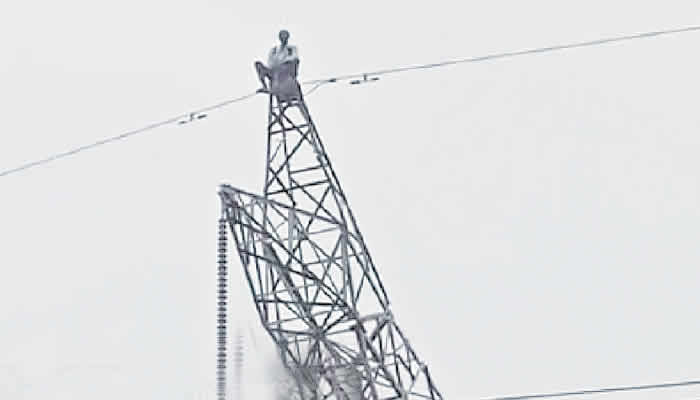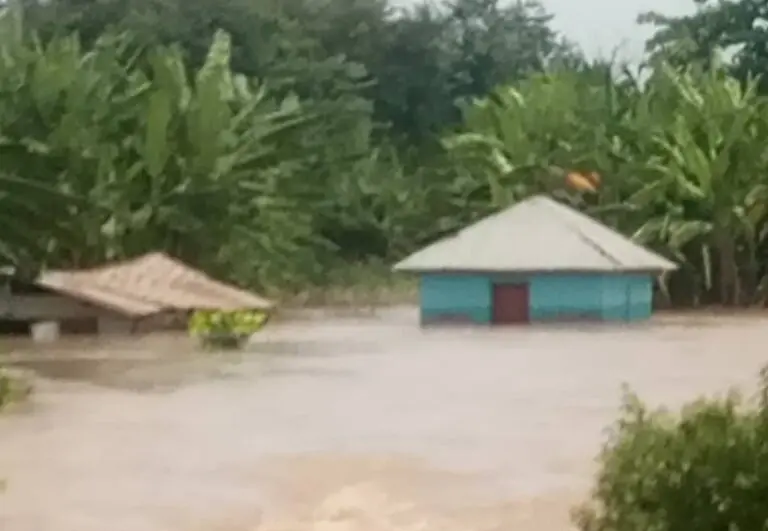Operators are alarmed that over 60 per cent of the nation’s infrastructure has been neglected, leaving critical assets like roads, ports, and public utilities in a state of disrepair.
The treasurer of the Nigerian Society of Engineers, Victoria Island Branch, Babatunji Adegoke, said 60 per cent of the country’s infrastructures were neglected.
He noted this at the 10th Late Emeritus Professor M.O. Ogedengbe Annual Lecture and the Civil Engineering Students Conference of Obafemi Awolowo University.
He said, “60 per cent of the country’s infrastructures, such as roads, seaports, airports, and public water systems, are ageing and have either been neglected or poorly maintained, making them unable to serve their intended purposes effectively.
“The way forward is for the government to engage qualified professionals to appraise these dilapidated assets in order to determine their current state of functionality and remaining economic life.
This assessment will provide a sound basis for making informed decisions on whether to rehabilitate existing facilities or invest in constructing new ones.
“Consider the Ibadan-Ile Ife Expressway, a road once functional but now deteriorated. Preventive maintenance would have been cheaper than the cost of total failure. In 2025 alone, Lagos recorded multiple building collapses, avoidable tragedies rooted in professional negligence and policy lapses. Even more dangerous is the decay of values, the loss of civil behaviour in a civil profession. As engineers, we must advocate not only for roads and structures but for ethical foundations.”
Corroborating the above, a builder, Awolusi Femi, said every infrastructure has its maintenance circles based on the types of materials used, and a lack of maintenance by any members of the infrastructure that needed to be maintained will make the infrastructure ineffective.
He said, “Every infrastructure has its maintenance circles based on the types of materials used, and a lack of maintenance by any members of the infrastructure that needed to be maintained will make the infrastructure ineffective. In public water systems, we have treatment stations, distribution pipes, monitoring and control units, and storages. For example, in storage, there are structural members like steel or iron that may have rusted and needed replacement, but due to lack of maintenance, it may cause total collapse of the system or malfunction from controlling units. Most of the infrastructures are not working or serving their purposes because of lack of maintenance.
“Every infrastructure required a budget for circle maintenance, either yearly or monthly, based on recommendations from the designers or the builders.
“Every infrastructure has a maintenance circles document, but commonly clients, including governments, organisations and individuals, aren’t bothered about the documents. Every material has its life span, so the designers or the builders can state the time for maintenance or replacement of some parts of the infrastructure in their maintenance document.”















